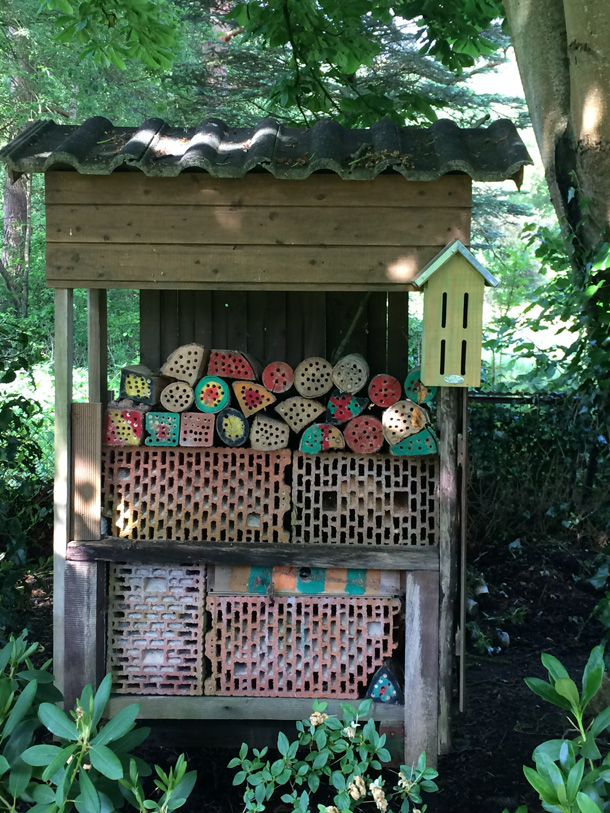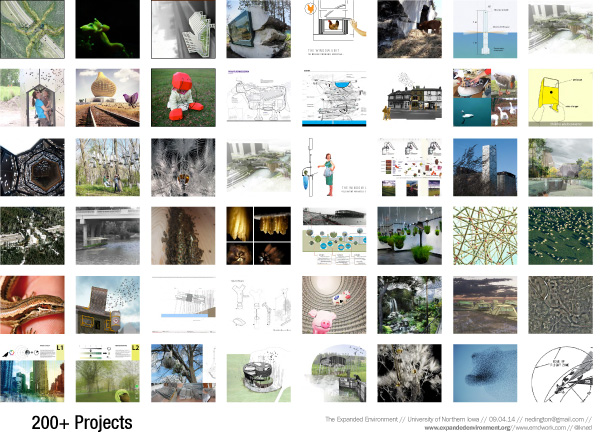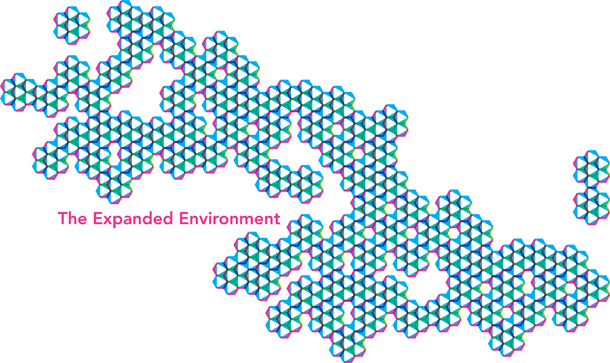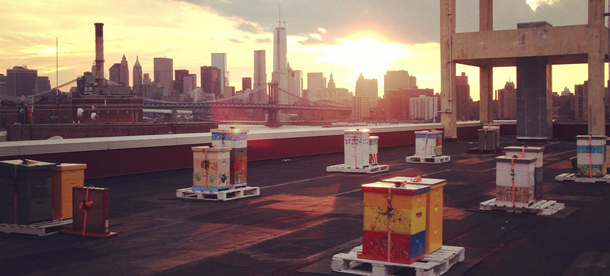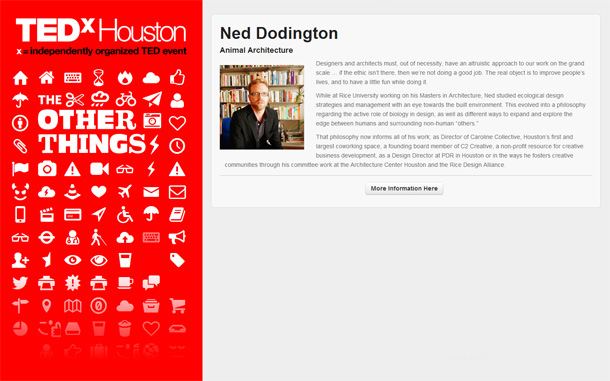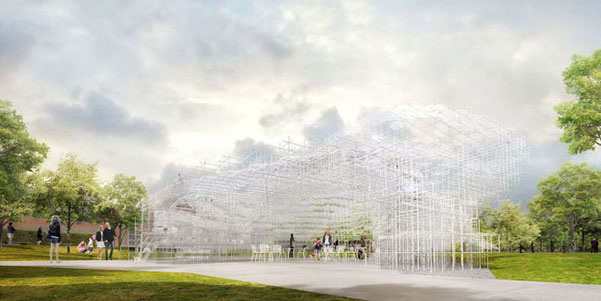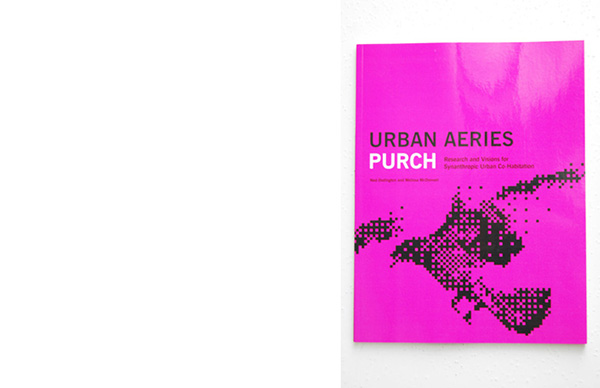Insect Homes
In the face of global pandemic it would appear that the health of our ecosystems, biodiversity and particularly our insect life is more important than ever.
This post from 2014 is a reminder of just how simple, and fun creating a little extra biodiversity can be - especially for kids! Check out the links below for additional information on the design and construction of insect homes.

